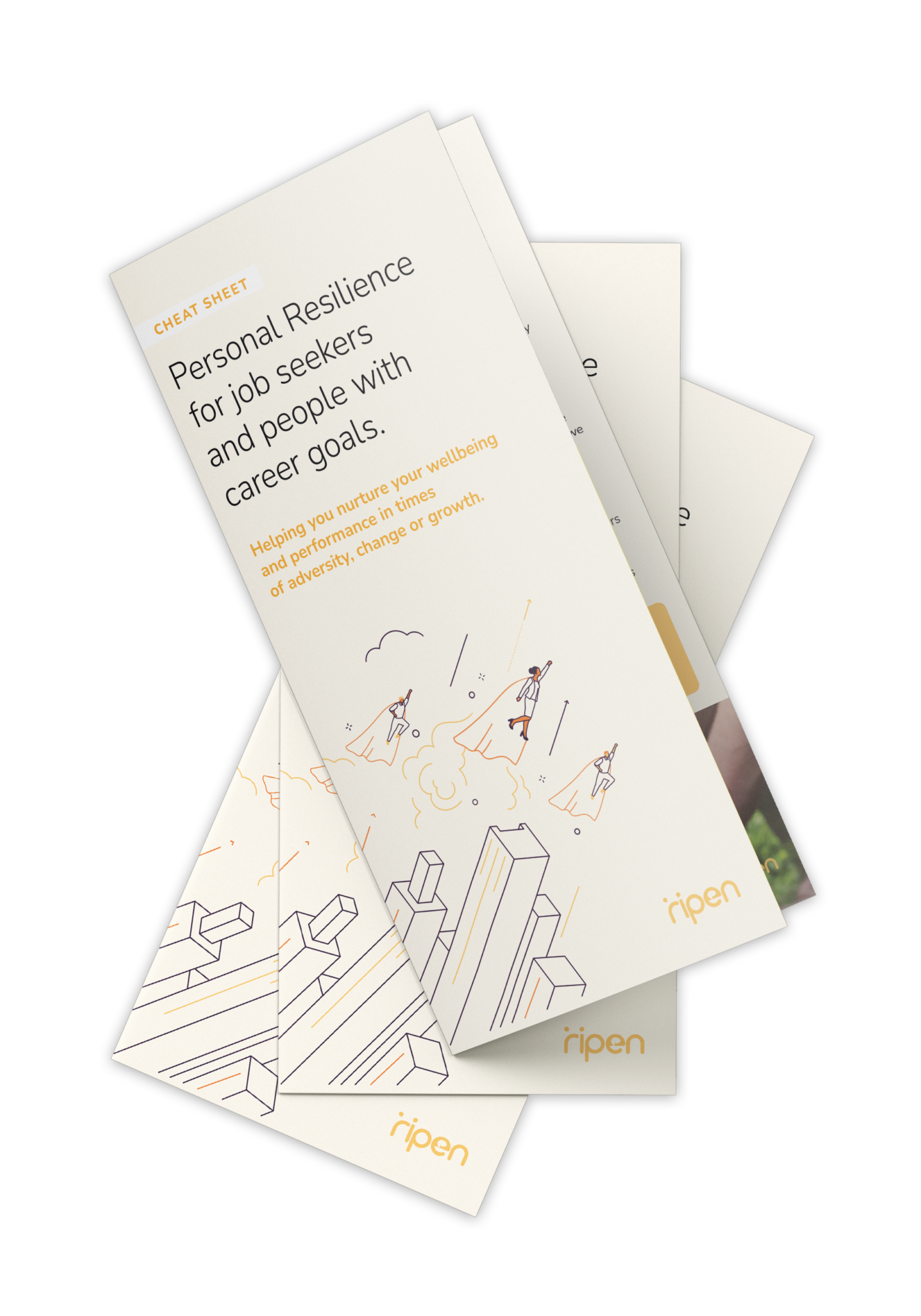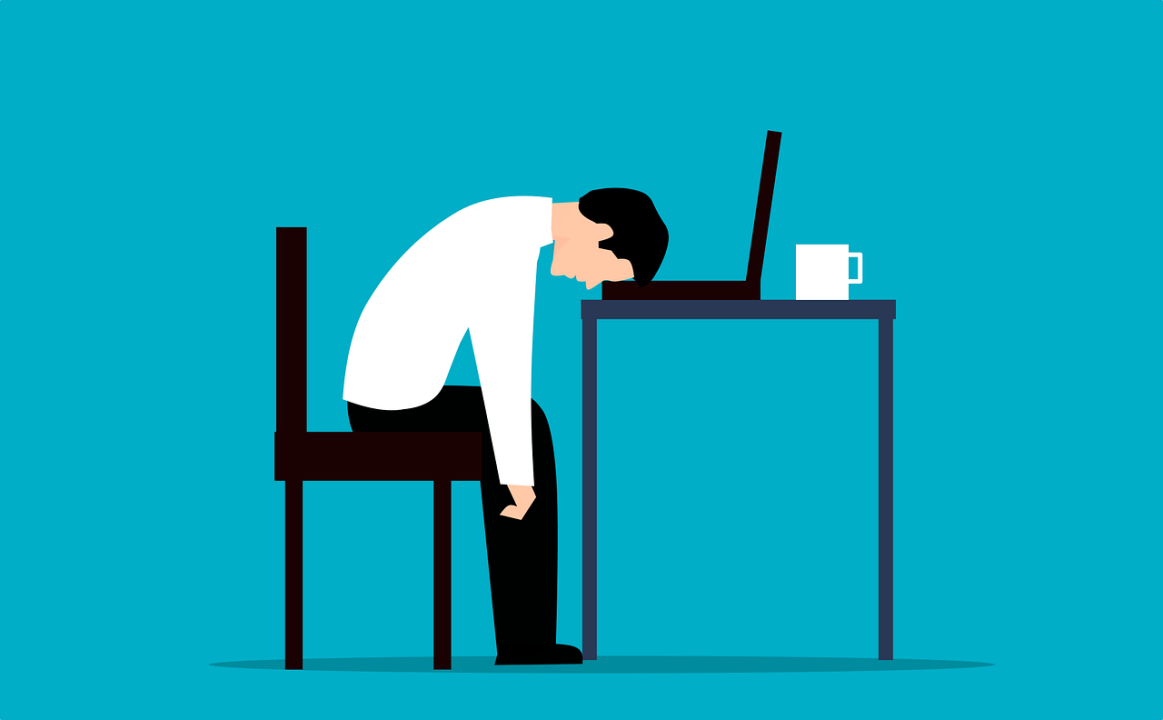So how do you know if you are close to Burnout? Here’s 5 signs – try to notice if any of these sound like you right now…
1. You feel exhausted and lack energy to do anything.
2. You have difficulty concentrating and easily slip into a daze.
3. You feel irritated, frustrated and become self-critical.
4. Everyday things and places become overwhelming.
5. You feel detached from things you used to love.
Any of these sound familiar? You only have to identify with one or two of these for this to be an indicator you (or others) might be close to Burnout!
There’s a few things you can do for yourself and others if you are a leader, to recover from or reduce the likelihood of burnout…
Challenge beliefs about success and failure
Acknowledge Superwoman / Superman are fictional characters i.e. nobody can carry the weight of the world on their shoulders!
Identify the warning signs of exhaustion
Rest before reaching exhaustion, or require a longer Recovery from exhaustion! Rest or Recovery? — it’s a choice!
Prioritise downtime for self-care
Know the activities that recover energy and ensure these are prioritised on daily TODO lists. Try as little as 15 mins downtime every 2 hrs!
Seek support or create an environment where you can talk about what’s happening
A Friend, Mentor or Leader should say “We recognise you’re having a tough time, and that’s nothing to be ashamed about. What can we do to help you?”
Reframe what it means to be Resilient
Seek support, tools or training from experts for maintaining cognitive, physical and social Resilience day-to-day.
By taking affirmative action in the ways discussed above, you will be systematically building Resilience and putting yourself, your team and your organisation in a greater position to thrive through the current challenges, and those ahead! But you don’t need to do it alone… Ripen exists to teach people how to maximise their wellbeing! We are based in Australia, but our clients are global and since 2016 we’ve delivered Personal Resilience training to thousands of people and teams in 25+ countries and multiple languages. We specialise in working with remote or hybrid working teams across the globe.
Looking to give your teams wellbeing an instant boost? Get in touch

